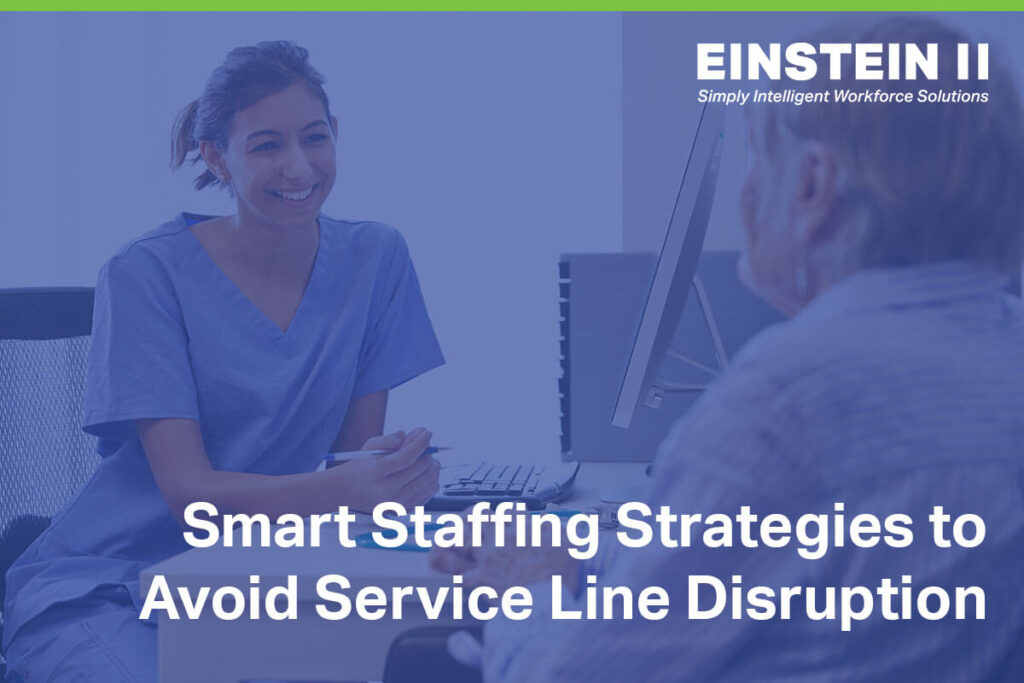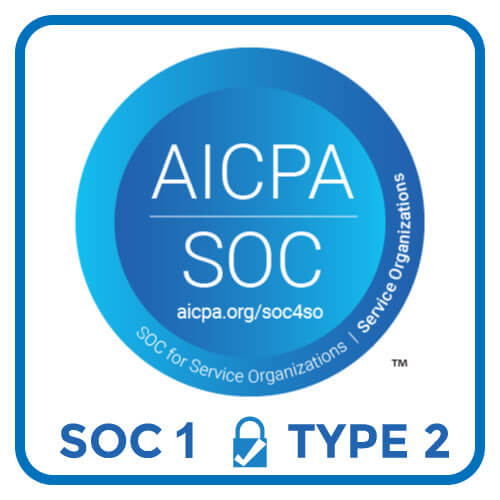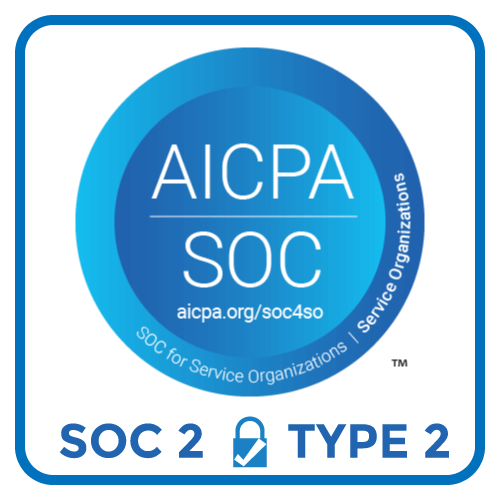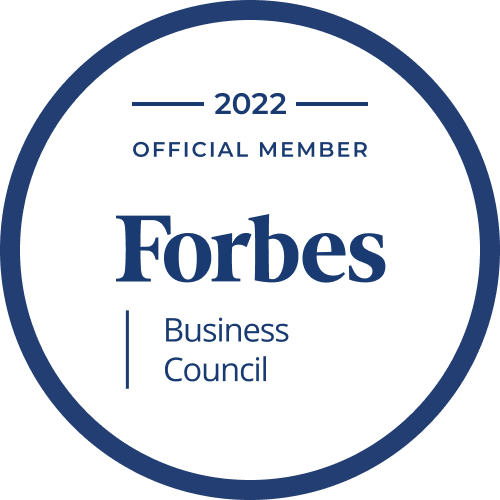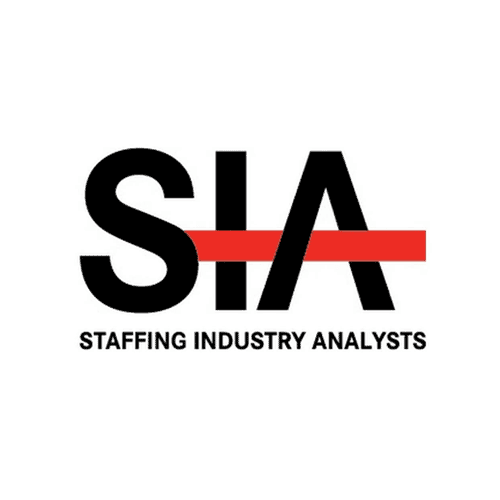In the face of severe labor shortages, many hospitals are being forced to make hard decisions about which service lines to keep, pare back, or sunset. We’re seeing increased numbers of hospitals suspend or cut services, consolidate service lines, and/or convert units from one type into another (e.g., pediatric units into adult).
Fortunately, there is a better way to approach the staffing shortage than scaling back services. A smart staffing strategy that offers travelers and gig-workers the flexibility they want – combined with smart technology that fully supports your modernized employment models – is essential for protecting your organization from financially and operationally painful service cuts.
Reducing services as a cost-saving measure often incurs steep secondary costs.
Challenge #1: Service line cuts can have ripple effects that end up reducing overall revenue generating capacity. “When hospitals close beds, it affects all procedural areas – radiology, cath lab, surgery, and more – and those procedural environments typically produce 60% or more of a hospital’s revenues,” says Matt Dane, DNP, MBA, RN, Vice President of Business Development for Einstein II at Hallmark Health Care Solutions. Consequently, service cuts in one area can lead to a vicious cycle in which the hospital struggles to produce adequate revenue to keep the doors open.
Challenge #2: Service line cuts or restrictions often demoralize the current workforce and erode the ability to attract prospective clinicians. Remaining workers may even begin planning their own exits out of fear their area will be next. Similarly, these kinds of service line closures can tarnish provider relationships and affect whether physicians and practices aligned with your organization continue to utilize your facilities.
Mitigating these kinds of risks comes down to a central question, says Jennifer Reau, MSN, RN, VP of Workforce for Einstein II: “How do you hire and retain talent to meet the needs of your patients and communities?”
Put yourself back in control of your own staffing.
Foundationally, it’s important to understand that the clinicians you want to hire are out there. They’re just not working for you. Instead, they’re working for agencies that have figured out what nurses want and have the technology and employment models to match. For many nurses attracted to the prospect of traveling or contingent work, it’s a no-brainer to work for an agency that pays more and gives more flexibility.
Here are three key factors in hiring and retaining top talent:
1: First, start by offering the nurses what they want – flexible employment models.
Adopting flexible employment models or programs that offer more freedom, flexibility, and control can help you beat agencies at their own game and retain valuable staff. “We’re in an applicant market where demand greatly outweighs supply,” says Dane. “Right now, we have to meet applicants where they are to attract them and provide what they want for their work-life balance.”
2: Next, make sure you’re connecting with nurses where they are – on their devices.
Nurses today (like most people) live on their devices. They want to interact with hospitals via apps, text messages, and email. They want the ability to choose shifts via the same channels, which is only possible with high-performing technologies like Einstein II.
“The nurses who use it love the app, the messaging capabilities, the flexibility,” says the Director of Nursing at a New Hampshire-based health system that uses Einstein II.
Part of the equation is managing volume variability in a timely way. Contract labor isn’t a quick process; it can take up to 30 days to get an agency clinician onsite. Having your own internally managed “agency” or resource pool with nurses already aligned with your organization, who are never more than a text message away, allows hospitals to respond quickly to census or volume changes.
3: Finally, engage your clinicians – in the ways only a hospital or health system can.
Don’t underestimate the appeal to clinicians of having a steady, ongoing relationship with a health system and the ability to schedule their own shifts at their own convenience from their own phones. That’s a combination that not even agencies can offer. “You’re keeping your employees engaged because you’re offering them exactly what they’re looking for,” says Dane.
The critical role of workforce management technology
As mentioned at the outset, technology is an essential player on your path to success – and it needs to be smart technology specifically built for healthcare workforce management – both internal and external. Einstein II Internal Resource Pool and Einstein II Vendor Managed Solution & Support incorporate automation, AI, advanced analytics, robust integration, and convenient communication with vendors, candidates, contractors, and staff – all on a single platform and source of truth. The result for Einstein II users? Improved recruitment and retention for more open beds and services – plus substantially reduced total labor spend.
That’s how hospitals keep service lines open. “Insourcing is how you start to risk mitigate in this financial climate,” says Reau. “It’s how you strengthen your stewardship of your financial dollars, become better healthcare providers to your community, and improve relationships with your providers, your clinicians, and everybody within your organization.”

